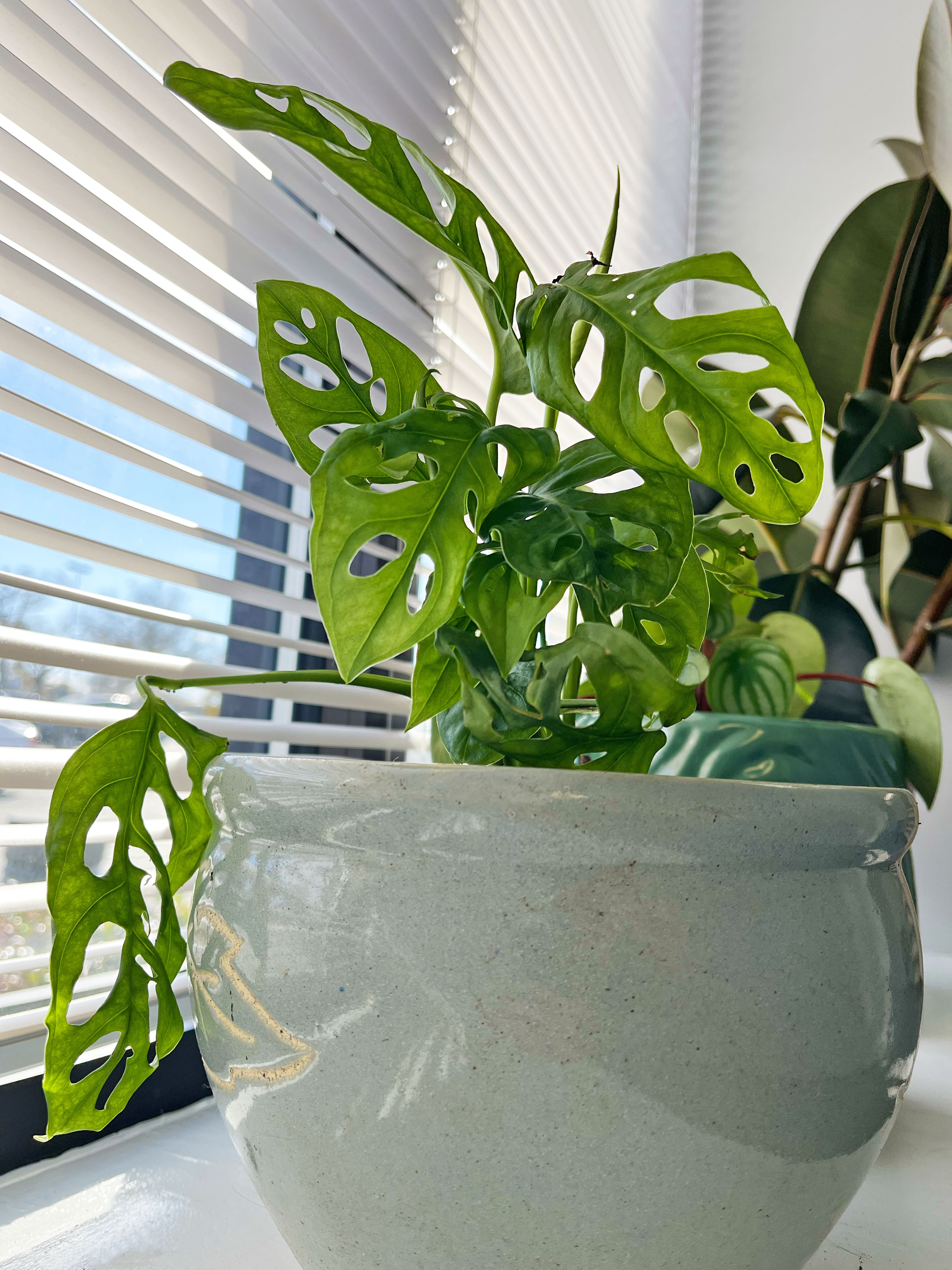Winter Considerations for Houseplants
go.ncsu.edu/readext?974273
en Español / em Português
El inglés es el idioma de control de esta página. En la medida en que haya algún conflicto entre la traducción al inglés y la traducción, el inglés prevalece.
Al hacer clic en el enlace de traducción se activa un servicio de traducción gratuito para convertir la página al español. Al igual que con cualquier traducción por Internet, la conversión no es sensible al contexto y puede que no traduzca el texto en su significado original. NC State Extension no garantiza la exactitud del texto traducido. Por favor, tenga en cuenta que algunas aplicaciones y/o servicios pueden no funcionar como se espera cuando se traducen.
Português
Inglês é o idioma de controle desta página. Na medida que haja algum conflito entre o texto original em Inglês e a tradução, o Inglês prevalece.
Ao clicar no link de tradução, um serviço gratuito de tradução será ativado para converter a página para o Português. Como em qualquer tradução pela internet, a conversão não é sensivel ao contexto e pode não ocorrer a tradução para o significado orginal. O serviço de Extensão da Carolina do Norte (NC State Extension) não garante a exatidão do texto traduzido. Por favor, observe que algumas funções ou serviços podem não funcionar como esperado após a tradução.
English
English is the controlling language of this page. To the extent there is any conflict between the English text and the translation, English controls.
Clicking on the translation link activates a free translation service to convert the page to Spanish. As with any Internet translation, the conversion is not context-sensitive and may not translate the text to its original meaning. NC State Extension does not guarantee the accuracy of the translated text. Please note that some applications and/or services may not function as expected when translated.
Collapse ▲Even with the protection of being indoors, houseplants face some winter stresses. Because of this, winter is a common time to see a decline in indoor plants. Here are some things to consider this winter when caring for your indoor plants.

Decrease watering: While houseplants have a wide range of water requirements, in general, winter watering can be significantly reduced. The majority of our indoor plants do best when the soil is allowed to nearly dry out between waterings. Growth significantly decreases in winter months leading to less water uptake. There are several ways to check if your plant is ready to be watered. The first is to use your finger to feel the upper 2 inches of soil with your finger. The second is by knowing the weight of the plant when it is fully saturated vs when it is dry. The last and the method I like best is to stick a wooden skewer down into the pot and pull it out. Depending on the depth of where the soilless media sticks to the skewer will tell you how dry the plant is.
Increase humidity: A lot of houseplants are tropical plants that enjoy a high humidity. Unfortunately, indoor humidity tends to plummet, sometimes below 20%, in the winter. Most houseplants prefer 40-50% humidity. To mitigate this issue, use a humidifier near your plants. Placing your plants close together in a cluster can create a small microclimate as they transpire. Bathrooms tend to have higher humidity making them good places if there is adequate light and space. If moving your plants is not an option, you can place trays filled with pebbles and water below your plants. The most important thing to note with this practice is that the pot is not sitting directly in the water. Finally, I must debunk the myth of misting leaves. The benefits are minor and only have a short term effect of a few minutes.
Consider light: Even in the best of windows, light tends to be the greatest limiting factor. Days are short, the sun is lower on the horizon, now is the time to make sure the light reaching your plants hasn’t changed too drastically. Where north and east facing windows may have created great indirect light in the summer they can become too shady in the winter months. Consider moving your plants to a sunny location or supplementing with grow lights.
Reduce fluctuations in temperatures: As for the former considerations, drastic swings in environmental conditions are difficult on plants. Winter time can bring drafty windows and dry hot air from vents. Most plants prefer day time temperatures between 65° to 75℉ with a 10° drop at night. Digital thermometers can help track temperatures and make sure fluctuations aren’t too extreme.
Hold off on fertilizing: While houseplants are fertilized periodically from spring through summer, fertilization is generally not necessary during winter months. Plants are growing much slower during the winter. Resume fertilizing in March or April as conditions become more favorable.
Dust off leaves: Dust and residues can build up on plant leaves. Not only is this unattractive and will slow the plant growth, it creates an environment for insects and mites.. This is a great time to get out a cloth, mix a very mild soap solution, and wipe the leaves down. You can even give your plants a shower! Be sure the water isn’t too hot and scald the leaves and roots.
Research highlights many benefits of having plants in our homes so it’s important for both plant and human health to take care of them. This winter, take note of your home’s environmental conditions to keep your indoor plants happy and thriving. For questions about houseplant care, contact N.C. Cooperative Extension, Richmond County Center at (910) 997-8255. In addition, follow us on Facebook or visit our website for upcoming events and up to date information.



